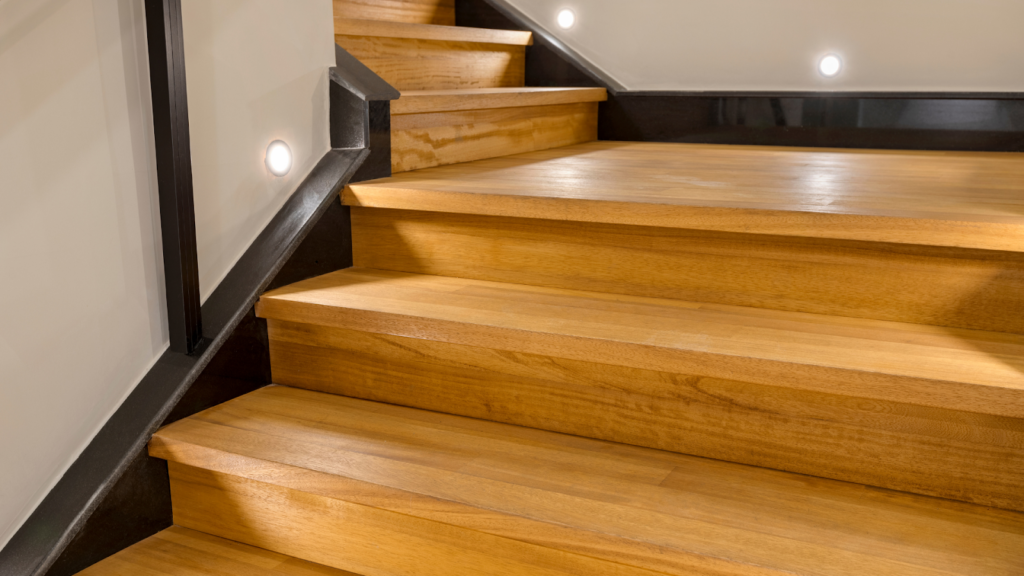
You’re standing in your hallway, looking up at your tired old staircase, and you know something needs to change. The chunky wooden spindles that seemed fine ten years ago now feel dated. The whole staircase looks heavy and blocks light from reaching the rest of your home. Sound familiar?
Choosing between wood and glass balustrades isn’t about picking the “best” material. It’s about finding what works for your home, your family, and your lifestyle. Some homeowners crave the warmth and character that only natural wood can provide. Others want to flood their space with light and create a sense of openness that glass balustrades deliver beautifully.
Both materials can transform your staircase, but they’ll do it in completely different ways. Let’s look at what each option brings to the table, so you can make the right choice for your home.
Wood balustrades bring something glass simply cannot: warmth you can both see and feel. Run your hand along an oak handrail, and you’ll understand why timber has been the go-to choice for centuries.
Different wood types and finishes offer different moods:
Wood’s versatility extends beyond colour, too. You can easily mix wooden elements with other materials like embedded glass panels for a modern twist, or combine wooden handrails with steel spindles (available in white or black finishes) to create striking contemporary designs.
The natural grain patterns mean no two installations look identical, giving your staircase a personality that’s uniquely yours. You can match existing woodwork throughout your home, creating a cohesive look that flows from room to room.
Wood offers advantages that become clear once you’re living with your new balustrade:
Let’s be honest about maintenance. Wood needs regular care.
Maintenance requirements:
The maintenance isn’t complicated, but it does require planning. Many homeowners find the process quite satisfying and enjoy the lived-in appearance that develops over time.
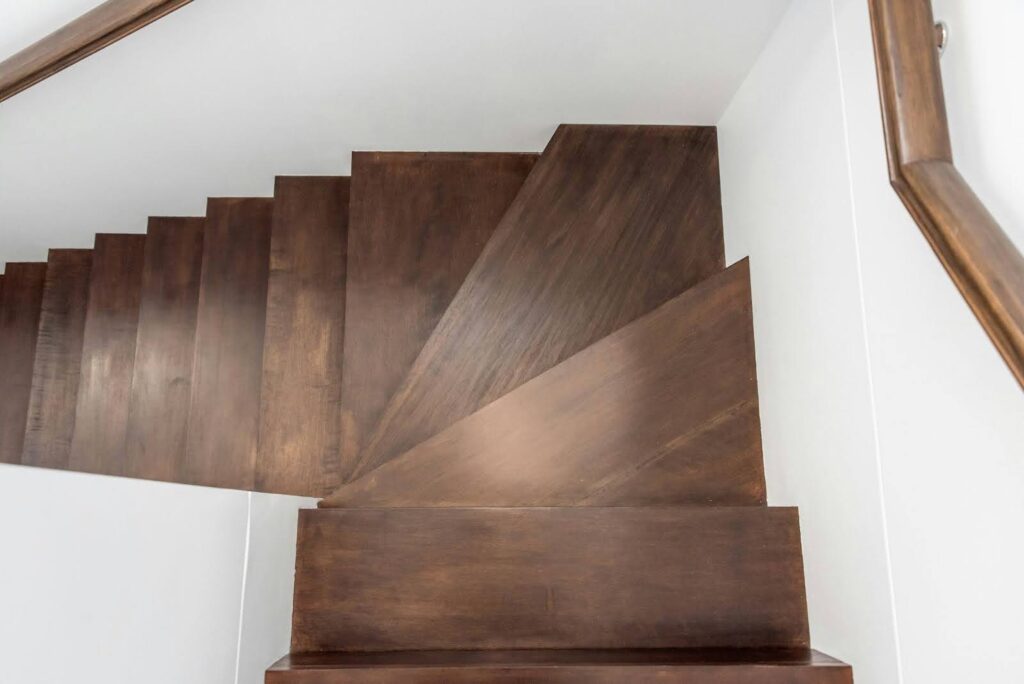
Glass balustrades can completely transform how your home feels.
Replace solid wooden spindles with clear glass panels, and suddenly your hallway feels twice as large.
Key visual benefits:
The staircase becomes less of a barrier and more of an open feature that creates a greater sense of space.
Once installed, glass balustrades require minimal ongoing maintenance.
Maintenance requirements:
Glass shows fingerprints and dust more readily than wood, but the cleaning routine is straightforward and quick.
Cost breakdown:
Many homeowners find the visual impact exceeds expectations, making the initial investment feel worthwhile once installation is complete.
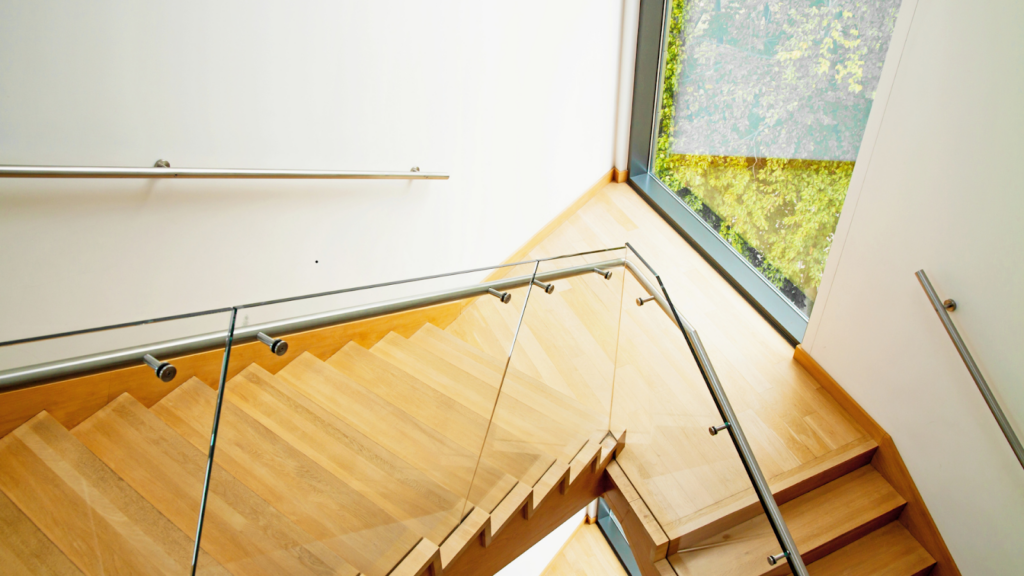
Some of the most striking staircases combine both materials thoughtfully:
This approach works particularly well in family homes where you want both the practical benefits of wood and the light-opening qualities of glass.
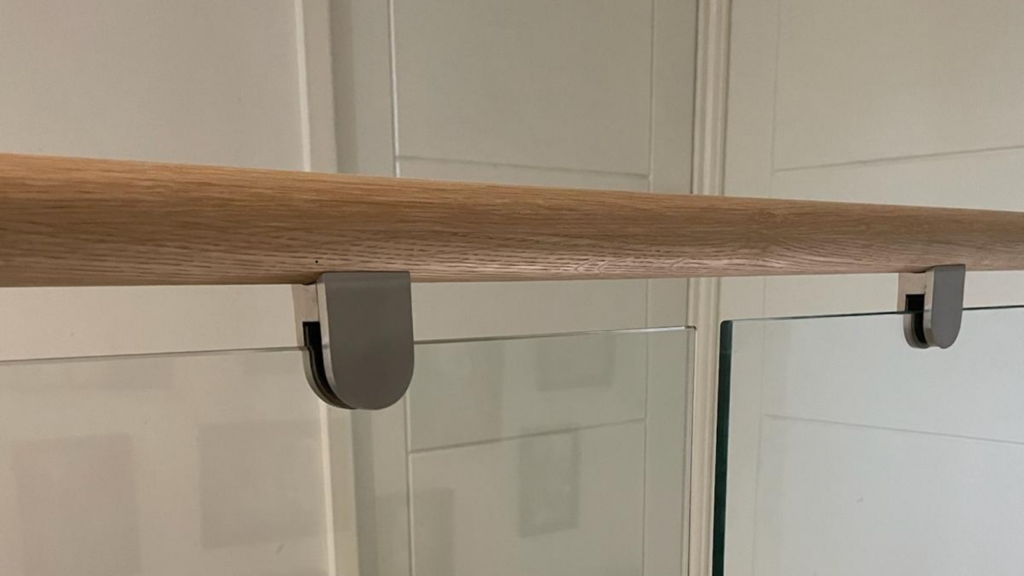
Both materials must meet UK building regulations for height, strength, and gap sizes. Toughened safety glass is designed to crumble into small, safe pieces if broken, though this rarely happens with quality installations. Wooden balustrades need adequate fixing points and proper structural support. All balustrade kits should comply with current building standards, and many homeowners successfully install them using the provided video guides and step-by-step instructions.
| Factor | Wood Balustrades | Glass Balustrades |
| Initial Cost | Lower | Higher |
| Maintenance | Periodic refinishing needed | Weekly cleaning only |
| Durability | Excellent with care | Excellent, scratch-resistant |
| Light Flow | Blocks some light | Maximises light |
| Sound | Natural dampening | No sound dampening |
| Repair | Easy scratch removal | Rare repairs needed |
| Style | Traditional warmth | Modern, spacious feel |
Consider how you actually use your staircase:
Choose wood if you value:
Choose glass if you prefer:
Your home’s architecture should guide your choice. Unless you’re completely gutting your home inside and out to transform the whole style, it’s best to choose a balustrade that works with your existing features:
Consider both:
DIY-friendly kits make both options more accessible, with video guides and pre-cut components simplifying the process.
Both are safe when properly installed. Wood offers sound dampening, while glass provides easy cleaning. Choose based on your priorities around noise versus maintenance.
Standard glass cleaner and microfibre cloth work perfectly. Avoid abrasive materials that could scratch the surface.
Yes, many homeowners combine materials successfully. Glass panels with wooden handrails are particularly popular.
Quality wooden balustrades last for decades with proper maintenance. Lifespan depends on wood type, finish, and care.
Toughened safety glass breaks into small, harmless pieces. Quality glass rarely breaks under normal use.
Both add value differently. Glass appeals to buyers wanting modern features, and wood attracts those valuing traditional craftsmanship.
Many homeowners install kits successfully using the provided instructions and video guides. Components come pre-cut and ready to fit.
The choice between wood and glass balustrades comes down to what matters most to you. Both materials can transform your staircase from tired to stunning. The right choice is simply the one that best fits your home and lifestyle.
Take time to visualise both options in your space. Many people find it helpful to look at real installations in similar homes before making their final decision.
Both are safe when properly installed. Wood offers sound dampening, while glass provides easy cleaning. Choose based on your priorities around noise versus maintenance.
Standard glass cleaner and microfibre cloth work perfectly. Avoid abrasive materials that could scratch the surface.
Yes, many homeowners combine materials successfully. Glass panels with wooden handrails are particularly popular.
Quality wooden balustrades last for decades with proper maintenance. Lifespan depends on wood type, finish, and care.
Toughened safety glass breaks into small, harmless pieces. Quality glass rarely breaks under normal use.
Both add value differently. Glass appeals to buyers wanting modern features, and wood attracts those valuing traditional craftsmanship.
Many homeowners install kits successfully using the provided instructions and video guides. Components come pre-cut and ready to fit.
The choice between wood and glass balustrades comes down to what matters most to you. Both materials can transform your staircase from tired to stunning. The right choice is simply the one that best fits your home and lifestyle.
Take time to visualise both options in your space. Many people find it helpful to look at real installations in similar homes before making their final decision.
Newsletter Signup
Copyright © 2025 Stairfurb. StairFurb is the trading name of Homespace Installations Ltd; a company registered in England & Wales with the incorporation number 09287041. Please note that StairFurb is not authorised by the Financial Conduct Authority, and we do not offer financial advice. We have an affiliation with Zopa Embedded Finance Limited trading as Dividebuy (14602085). Any credit agreement with this provider may not fall under the jurisdiction of the Financial Ombudsman Service. Credit may be available to permanent UK residents aged 18+, subject to status. Any missed payments may affect your ability to obtain credit from DivideBuy and other lenders. Please spend responsibly.

Share pictures of your staircase and we'll provide a quote, plus offer expert help with measurements with a video call.
Grab your tape measure and follow our step-by-step video tutorials to get your quote
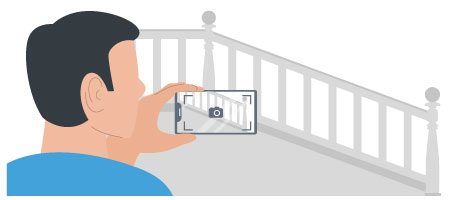
Simply take a photo of each balustrade section and let us know which style you want. We’ll then estimate your dimensions and provide an idea of price.
 GET PHOTO ESTIMATE
GET PHOTO ESTIMATE
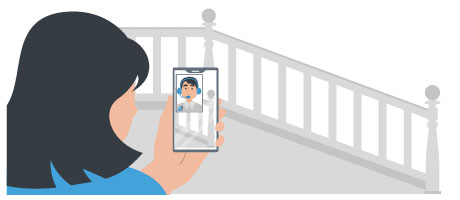
Get help measuring and a free no-obligation quote on a free 20-minute video call from the comfort of your own home. Speak with our expert team about your staircase upgrade.
 BOOK CALL NOW
BOOK CALL NOW
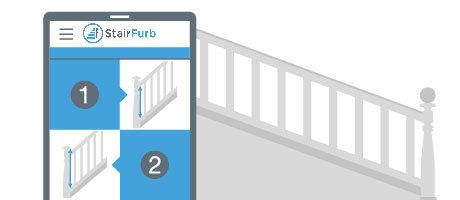
Measure your staircase using our online video tutorials and input them into our online configurator for a free, no-obligation quote. It takes less than 15 minutes.
 START DIY QUOTE
START DIY QUOTE

Get help measuring and a free no-obligation quote on a free 20-minute video call from the comfort of your own home. Speak with our expert team about your staircase upgrade.
 BOOK CALL NOW
BOOK CALL NOW
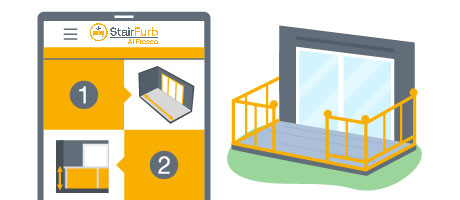
Measure your staircase using our online video tutorials and input them into our online configurator for a free, no-obligation quote. It takes less than 15 minutes.
 START DIY QUOTE
START DIY QUOTE
We've received your form and will be in touch shortly. To make sure we connect you with the right person, please keep an eye on your WhatsApp messages. We'll send you a quick message there that you'll need to respond to.
Please try again or contact us directly.